Congratulations!
Even if you have moved ten times, moving day is stressful. We are here to remove as much of that stress as possible. There are, however, some things you can do in the meantime to help us. We’ve assembled some guidelines and checklists to help you prepare for your new adventure.

Although every move is different, they all follow a similar procedure as they progress from initial contact through to delivery at your new home. This section details the procedure, in chronological order, so you know what to expect and when.
This is the time to discuss your moving plans, and get the details we need to facilitate a successful move.
An experienced surveyor will visit you at home or via a video call to discuss your move in detail. They will assess the volume/weight of what you are moving accurately and decide what special packing is required for any unusual or delicate items.
We will provide you with a full survey report and proposal clearly detailing how we intend to complete your move. This confirms that we have addressed all your requirements and eliminates any opportunity for ambiguity in the service we provide.
We will ask you to complete an Order of Service form to confirm your acceptance of our proposal. We will also help you complete the insurance and customs forms required.
On moving day the crew will arrive with packing instructions and quality materials to pack your goods. After packing, they will label and number everything and create a packing inventory. It is critical that you carefully review this inventory to make sure the correct items are being shipped. Your goods will then be loaded at your door into a shipping container or truck (depending on the routing requirements).
We will monitor your consignment throughout its journey and handle all the necessary documentation. If you are going to a country where we do not have our own office, we will select a partner to work with us to handle customs clearance and delivery at destination.
Please keep us posted with your home search if you have not yet found one. If you do not have a new home, we can place your goods into storage at an additional expense. We can schedule delivery once you have the address.
Finally, we will arrange delivery to your home, unloading, unpacking and arranging furniture, and disposal of the used packing materials. You must check off the inventory as the goods are brought into the home to make sure all is accounted for.
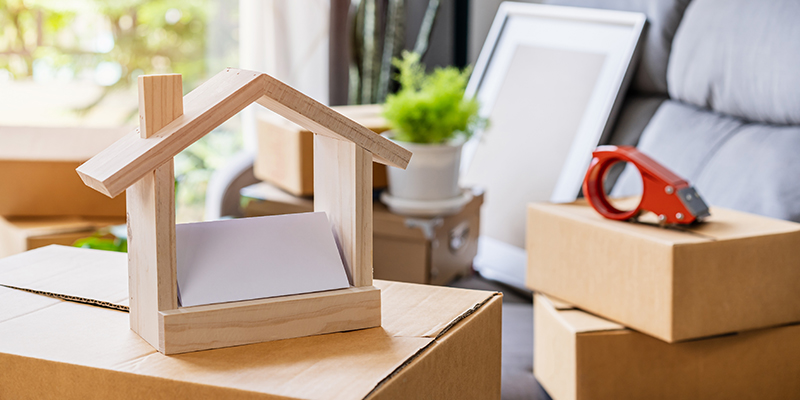
An effective pre-move survey is a vital start to the planning process. Its purpose is to help us fully understand the technical details of the move (volume, access, special items, etc.) and allow you the opportunity of explaining your individual needs. It is also an opportunity to discuss the moving process and make you fully aware of what you need to do yourself and what we will do for you. At the pre-move survey we will need to establish:
- The volume of the consignment
- Access for vehicles and parking restrictions
- Your timetable including move out and required delivery dates
- Your travel arrangements (so we know how to keep in touch)
- Contact addresses and telephone numbers before and after you leave
- The access at destination (if known)
- Any special requirements you may have
During the survey we will also discuss any other matters relevant to your move. These may include: work and residency permits; customs documentation; marine insurance; relocation allowances; etc. In preparation for the survey please make sure that you know what you want to take with you and what is to stay. If you need any guidance on specific items, the surveyor will be able to help. Please be sure to show him or her everything in the house (including every cupboard and drawer) so that he or she can produce an accurate assessment. The whole survey should take between 1 and 2 hours depending on the size of the consignment and how many questions you have. Please leave enough time.
With this information we can start to plan your move for you. This planning will include factors such as: the most appropriate packing; choosing the best methods of transportation for you (land, sea, air or a combination); deciding on timings; picking the best route; and establishing whether you will need storage and, if so, whether it should be at origin or at destination.
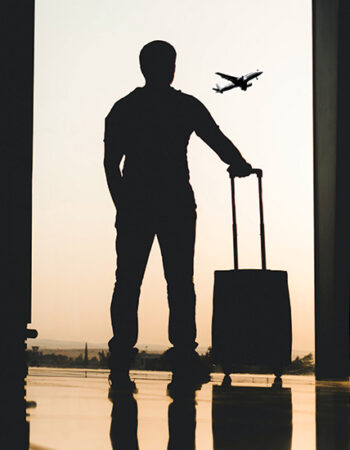
Either your company will arrange your insurance or we will do it for you. If we are to organize the insurance, we will help you complete the proposal form and offer guidance on valuing your shipment. We pack everything very carefully and use the safest means of transport. Even so, the unexpected can happen sometimes, so it’s wise to insure. Don’t be tempted to go without insurance.
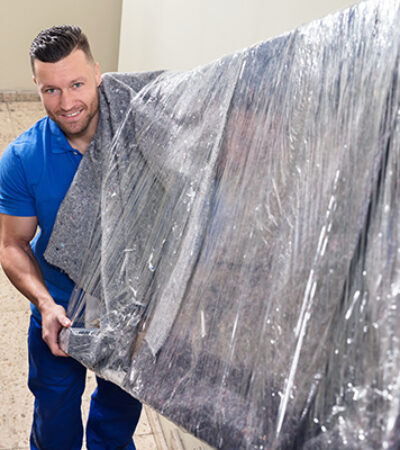
The packing crew will have clear instructions showing them exactly what to do. It is, however, helpful if you show them through the house to confirm the details and any special requirements, before they start. You don’t need to be with the crew at all times but please make sure there is someone on hand to answer questions as much as possible. After packing is complete, please check the house to make sure nothing has been left behind.

Your delivery crew will help you make your new house a home. First they will perform a walk-through of your new place with you. Then they will unload the truck and bring all of your belongings into your residence, set furniture and unpack. It will be ideal to have any exceptions noted on your paperwork while your crew is still at your residence. After unpacking, they will remove all of the debris and packing material, and do a final inspection of your residence.
Checklist
- Collate all your personal documents, e.g. birth and marriage certificates, and medical and school records.
- Begin to organize what will be moved, staying behind or discarded. Ask us about our discard and donate program.
For International Relocations:
- Check that your passports and visas are valid.
- Check whether any permits are required, e.g. for residency, work, vehicles or firearms.
- Check vaccination requirements.
- Check your travel documents and tickets.
- Review insurance documents that were provided to you for shipping your goods.
- Create a plan of action for items that you do not want us to ship.
- Supply a contact number and/or address for after you have moved out, especially if you are moving out of country.
- For international moves, check with Interconex about obtaining a VAT refund on new purchases.
- Confirm your pack date with Interconex.
- Reserve the lift/elevator/dock as needed.
- Arrange for mail to be forwarded.
- Clean all garden tools, bicycles, outdoor gear, etc.
- Arrange care for children and pets on moving day.
- Arrange for main services to be disconnected.
- Return or retrieve any items on loan.
- Drain fuel from motor mowers.
- Dispose of plants and perishable food. Ask us about our partnership with Move for Hunger!
- Secure all personal items which are to travel with you, e.g. keys, documents, passports, tickets, certificates, currency, clothing, etc as well as all high value items. Claims for these items will be denied.
- Disconnect, clean and dry any electrical appliances that you wish to ship.
- Disconnect lights for shipment and make wiring safe.
- Loosen fitted carpets at the edges.
- Arrange with neighbors to leave sufficient parking space for our trucks.
- Store all valuables, including documents, passports, tickets, currency, phones, jewelry etc.
- Remain on hand in case the packers have any questions
- Check all rooms, cupboards and walls to make sure nothing is left behind.
- Please remember to review, sign and get a copy of the packing inventory.
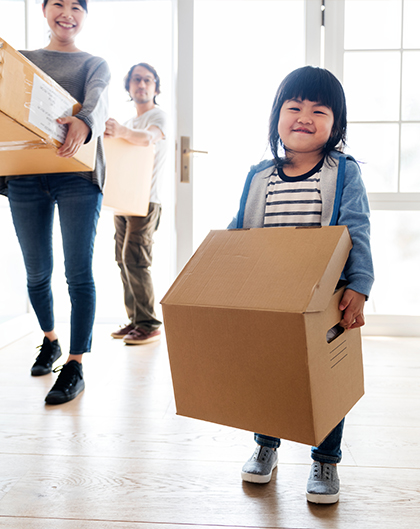
Planner
- Contact your move coordinator; he or she will be able to send you country specific information.
- The internet is a great resource to find information about customs, cultures, food, religions, holidays and the people you’ll be living near. YouTube will be a good place to find videos on the things you learn.
- Visit your local library or bookstore for travel books, videos or language tapes. There are also many titles available for children and teens.
- Post office
- Financial institutions
- Taxation department
- Insurance companies (home, health, automobile, life)
- Credit card companies
- Motor vehicle office
- Electoral office/Voter registration office
- Schools
- Social security
- Medical
- Dental
- School
- Birth
- Baptism
- Marriage
- Bank
- Insurance
- Passport
- Visas
- Driver’s license
- Work
- Social Security card
- Decide what to do with your house
- Decide what to do with your car
- Dispose of items you don’t need or want
- Notify new school for enrollment requirements
- Decide what to do with pets
- Decide what to do about bank accounts, credit cards, loans, etc.
- Make travel and hotel arrangements
- Take care of all medical requirements
- Plan clothing needs
- Reduce supply of household staples
- Secure the important papers and valuables not being packed
- Make overseas banking arrangements
- Ensure passport is current
- Ensure visas are current and approved
- Purchase traveler’s checks
- Telephone
- Cable Television
- Electricity
- Gas
- Fuel Oil
- Water
- Newspaper/Publication delivery
- Dairy delivery
- Garbage collection
- Other household services
Modes of Transportation

Packed goods are loaded directly into the truck from residence or warehouse. Consignments are routed for the fastest, safest possible journey. Drivers have direct contact with lnterconex control centers. Air-ride suspension to cope with even the roughest terrain.
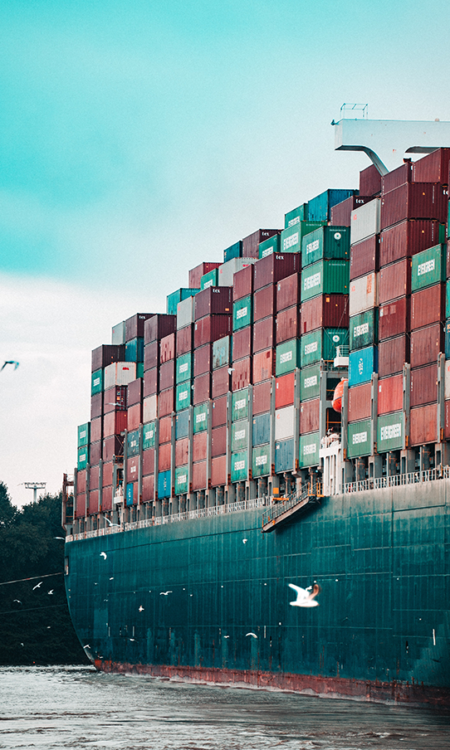
Loose Load
Packed items are loaded directly into steamship container. Bulkheads are erected to secure load. We use standard container sizes:
20 foot Container
- Capacity: 1,168 cubic ft (5 liftvans)
- Average weight of household goods within: 5,000 – 6,500 lbs
- Dimensions: 234 x 92 x 96 inches I 595 x 234 x 244 centimeters
40 foot Container
- Capacity: 2,368 cubic ft (10 liftvans)
- Average weight of household goods within: 12,000 – 14,000 lbs
- Dimensions: 474 x 92 x 96 inches I 1204 x 234 x 244 centimeters
Car and Liftvans
Packed items are loaded into lift vans which are then loaded into the shipping container. Cars can be loaded in containers separately or with household goods packed loose or in lift vans. Liftvans are loaded with various sized boxes of household goods. All liftvans are marked with owners name, destination partner and tracking number. Liftvans are then loaded into the shipping container. Household goods can be packed along with a car, if space is available. The car’s wheels and axles are se cured to the container to stop movement whilst in transit.
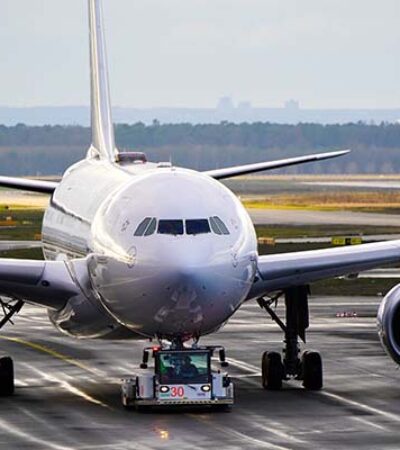
Tri-wall cartons are available in several standard sizes. Containers are banded and taped for security.
LDN CONTAINER
- Capacity: 94.5 cubic feet
- Net average weight of household goods: 500 pounds
- Interior Dimensions: 54 x 54 x 56 inches
“D” CONTAINER
- Capacity: 62 cubic feet
- Net average weight of household goods: 350 pounds
- Interior Dimensions: 58 x 41 x 45 inches


When “No Noise” is key, Experience is Everything
